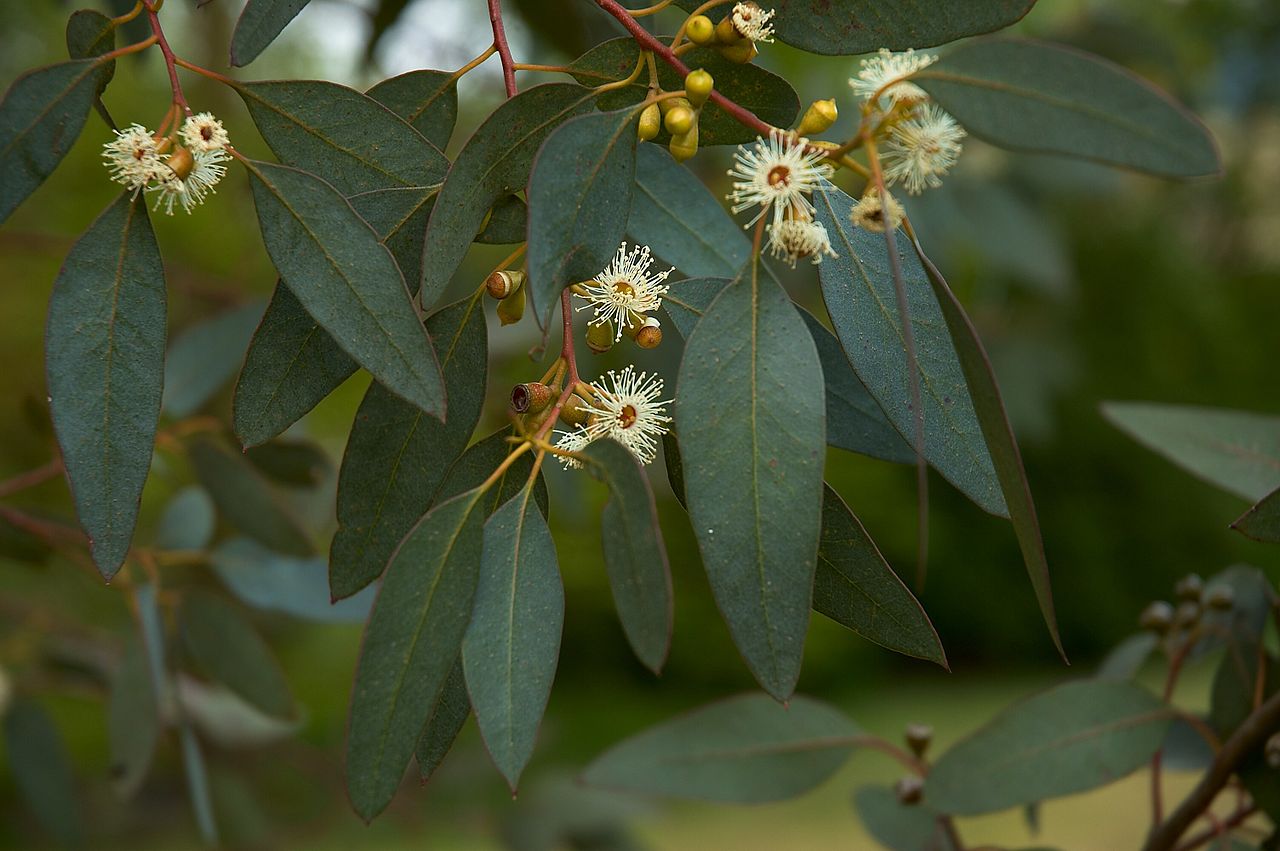The antidiabetic effects of Paullinia pinnata root bark
10/26/2018 / By Michelle Simmons

Paullinia pinnata root bark has been found to contain antidiabetic effects. A study published in the Journal of Complementary and Integrative Medicine investigated the phytochemical composition, antidiabetic, oral glucose tolerance test, and antioxidant activities of P. pinnata root bark extract.
- P. pinnata has been used in folk medicine to manage diabetic-related conditions.
- Researchers from the Michael Okpara University of Agriculture in Abia State Umuahia, Nigeria induced diabetes in mice by administering alloxan at the dose of 160 milligrams per kilogram (mg/kg).
- Then, the now diabetic mice received glibenclamide or 50, 100, or 200 mg/kg of P. pinnata root bark extract.
- The researchers saw that P. pinnata root bark extract contains alkaloids, flavonoids, glycosides, tannins, saponins, and sterols.
- The results of the study also revealed that P. pinnata root bark extract significantly reduced the fasting blood glucose levels in treated mice.
- P. pinnata root bark extract also caused a significant oral glucose tolerance effect in mice.
- Moreover, the extract exhibited a concentration-dependent increase in antioxidant activity.
In conclusion, the findings of the study suggest that P. pinnata root bark has strong antidiabetic and antioxidant properties, confirming its use in folk medicine.
To read more stories on natural diabetes treatments, visit DiabetesScienceNews.com today.
Journal Reference:
Okwudili OS, Chimaobi NG, Ikechukwu EM, Ndukaku OY. ANTIDIABETIC AND IN VITRO ANTIOXIDANT EFFECTS OF HYDROMETHANOL EXTRACT OF PAULLINIA PINNATA ROOT BARK IN ALLOXAN-INDUCED DIABETIC RAT. Journal of Complementary and Integrative Medicine. 17 November 2017; 15(2). DOI: 10.1515/jcim-2015-0017
Tagged Under: alternative medicine, antidiabetic, antioxidants, herbal medicine, Herbs, medicinal plants, natural cures, natural medicine, Paullinia pinnata, plant cures, remedies

















